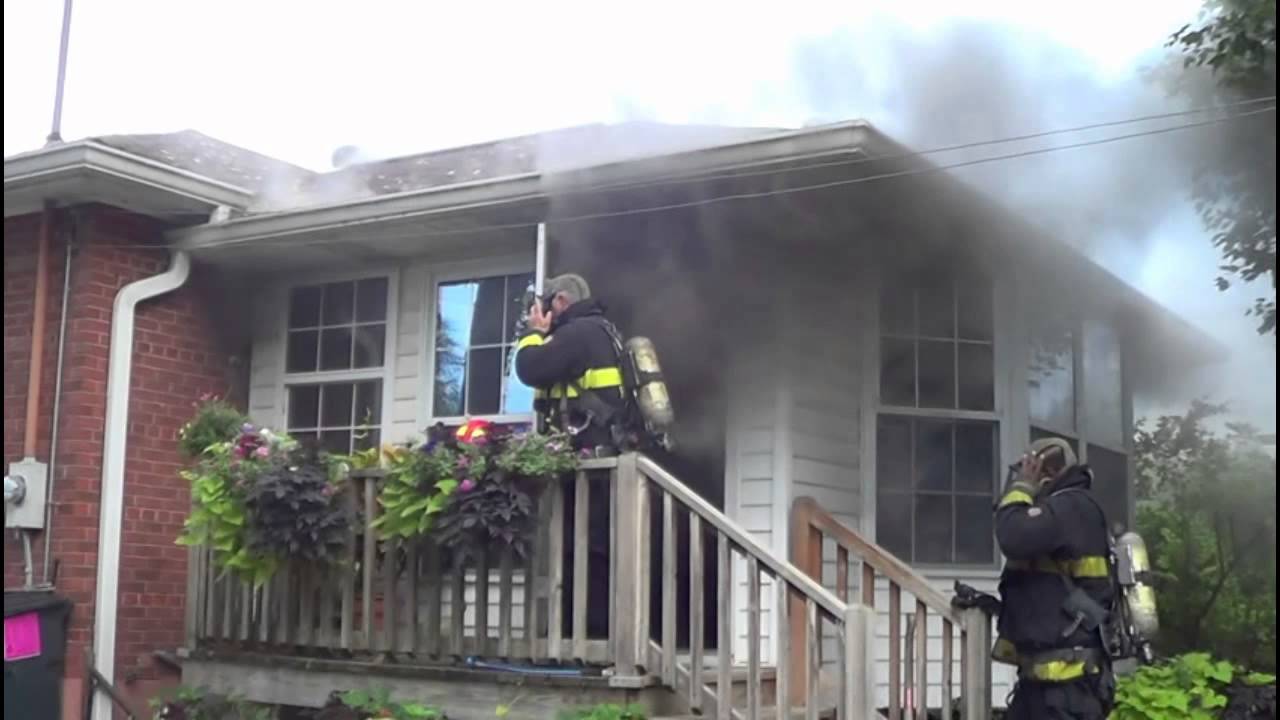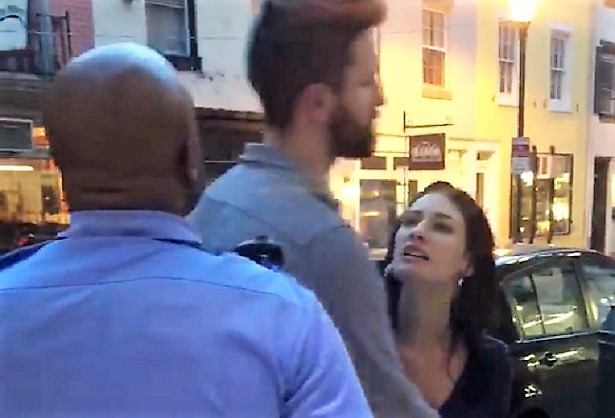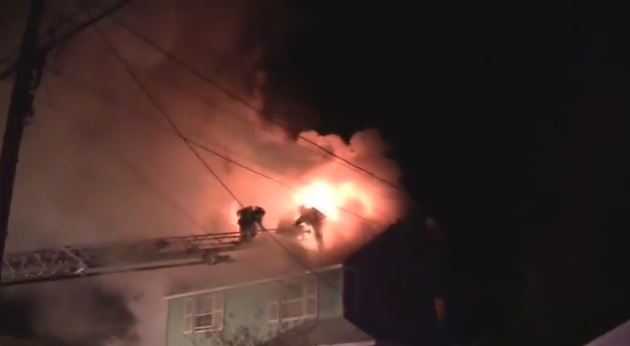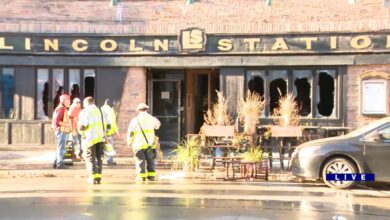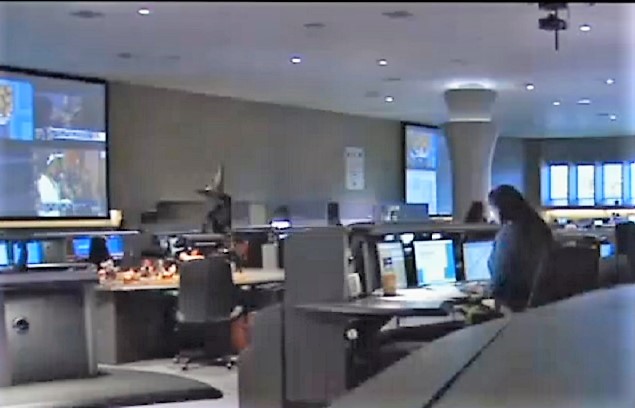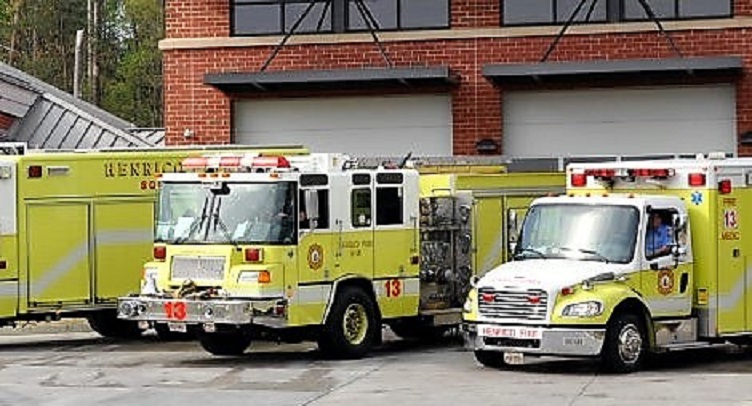Public information in your Nation's Capital: Encryption of police communications, fire department Twitter feed goes dark, cameras seized by police. What does it all mean? A guest column by Gerald Baron.
For those interested in how fire departments and other public agencies communicate with the press and the public there was a fascinating exchange (above) at yesterday's regularly scheduled press briefing by District of Columbia Mayor Vincent Gray. The press was in somewhat open rebellion about a couple of policies of the DC government that seem to contradict Mayor Gray's pledge of an open and transparent administration.
It started with a question by WJLA-TV reporter Suzanne Kennedy about two recent moves by city officials. One was the encryption of all radio communications for the Metropolitan Police Department (DC Police) and the other, the halting of a very active and popular Twitter feed by the DC Fire & EMS Department that alerted the press and the public to fires, accidents, shootings and other emergencies that fire and ems crews responded to.
The Twitter account had almost 10,000 followers and had provided more than 11,000 Tweets. It had become a primary alerting source for the news media and private citizens. The last Tweet was on August 30. Shortly after the Tweets stopped the police department began encrypting its radio traffic with the justification that smart phone apps allow criminals to listen in on the department's communications much in the way radio scanners have done for decades.
So, the news media and the public lost two important sources that helped them provide oversight of city officials and operations.
Let's make it clear that the best we can tell these both are legal and lawful policies of the District of Columbia government. It is within the rights of city officials to take these actions. There is no law that requires them to maintain a Twitter account or keep their radio communications open. But is this a smart route to go if you want to have transparent and open government in the 21st Century?
There are some things you should read as you ponder this. Here are accounts of the press conference from The Washington Post, The Washington Times and DCist.com.
Then there is the reaction, not just from the press, but by the public, via Twitter, over the loss of Tweets from @dcfireems and the comments made by the DC Fire & EMS Department's Director of Communications Lon Walls (click here and scroll down). Many blasted Walls for believing that "social media is for parties". In the Washington Times and DCist.com articles you will see Walls is not a fan of Twitter.
Also, take the time to read the column below posted yesterday by Gerald Baron on his blog Crisis Comm for the site Emergency Management. Gerald is a respected leader in the world of crisis communications who wrote the book I often quote, Now is Too Late. The column also mentions something we have covered numerous times on STATter911.com. That is the interference by public safety officials of picture taking by the public and press. We previously posted two such incidents involving DC Police officers that occurred this year (I have added the video below of those stories).
Here's my brief message on this to the administration of Mayor Gray and anyone else who has the responsibility of communicating with the public for routine every day events and in times of crisis. That little thing in everyone's hands that always seems to be a part of their body is how most people get their news these days. It's also how they share news with others, whether it's taking pictures with the camera that is a part of it or using the applications on it like Twitter and Facebook. Those people who are constantly holding and operating these devices are the people you serve and the people who pay your salaries. They want and expect to know what's going on almost instantly via that device. The city has the opportunity to be a valued, trusted and instant source of information that their citizens can rely on every day and in times of major emergencies. And a source that reaches directly to the public without first having to go through the news media. Don't deride it, don't confiscate it, don't ignore it. Instead, embrace it and the reality of how people now communicate.
But enough from me. Here are some words on this subject from a real expert::
DC Police and Fire Move Public Communication Back Toward the Dark Ages
by Gerald Baron
This story sort of makes me wonder if DC Mayor Vincent Gray has his communication staff learning cuneiform writing. First this blog post arrived concerning the Mayor's press conference in which he announced that the DC Police would be using encrypted radio, and that the Fire and EMS Service would be in future "filtering" their Twitter feeds. HuffPost reported on the clamp down of communication in this article.
It's really quite bizarre. Every after action report of any consequence of major events highlights the need for interoperable communication and by encrypting all radio messages they certainly have sent interoperability concerns into the closet. Maybe there is sufficient safety justification, I hope so, because if this trend continues the history of major event management shows that lives will be lost because of interoperability issues.
But my primary concern is shutting down Twitter. @dcfireems has been a very popular means of communicating in DC about emergency events. With nearly 10,000 followers it is very clear that it has become the primary means used by DC media to keep the public informed, but equally important is the fact that the public itself is kept informed through those tweets.
In talking with a source close to these matters in DC, it appears that the encrypted radio decision and putting the brakes on Twitter are related and both coming from DC Police. As DC Police moved toward keeping their communication under wraps, it was troubling them that Fire EMS service was tweeting openly about things–some of which involved police. So they felt they couldn't keep the wraps on their communication and allow a sister agency to keep talking. This move by DC Police is in addition to their apparent policy of confiscating the phones of citizen journalists documenting arrests for the apparent purpose of capturing evidence. This is deeply troubling.
Needless to say, those following the Twitter account are not happy–both reporters and the public. The Twitter conversation gives an indication of their thoughts on this.
However, the announcement about this compounded the problem by being less than transparent and honest. The last tweet from Fire/EMS as I understand it was August 31. Initially it was explained that this was because the tweeter, Pete Piringer, had gone on vacation. Then in the press conference it was explained that it was shut down because it had imperiled the operation of another (apparently federal) agency. The real explanation, provided by my source, was only hinted at–that police want to keep the wraps on things.
What absolutely amazes and appalls me coming from communicators in our nation's capital are comments like these:
"After the press conference, Lon Walls, the department's communication director and a former journalist himself, said that accuracy was vital. "I'd rather be slow and right than fast and wrong," he said.
"Social media is for parties. We ain't givin' parties," he added, arguing that safety and sensitive issues had to be considered before tweeting out information on emergencies."
Social media is for parties? I'd rather be slow? Break out the clay tablets, boys and girls. No doubt there are operational concerns with tweeting, no doubt policies and controls need to apply, no doubt mistakes can easily be made with serious consequences. But because cars cause accidents doesn't mean we go back to horses and buggies. I certainly hope DC gets their inter-agency disagreements under control and some leadership is shown about today's realities of public communication.
Above is a June 19 story about a camera confiscated by DC Police after a citizen took pictures of an arrest on a public street.
Above is a story about a July 3 incident where DC Police confronted a man taking pictures of a traffic stop.

